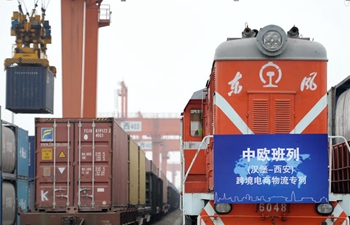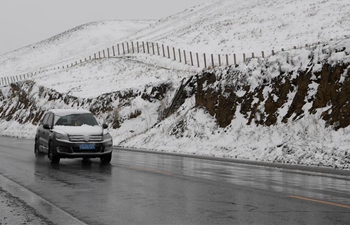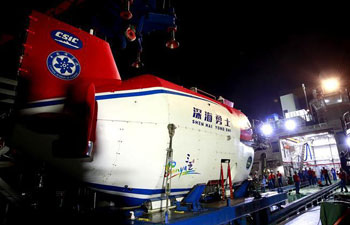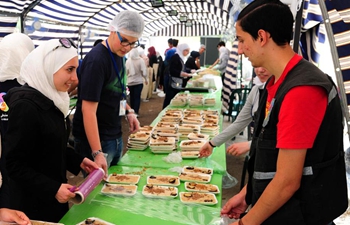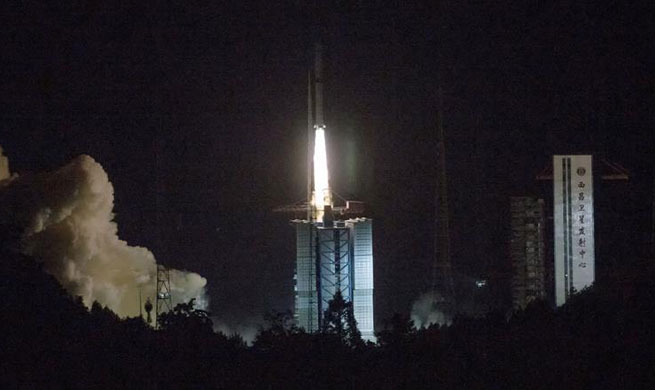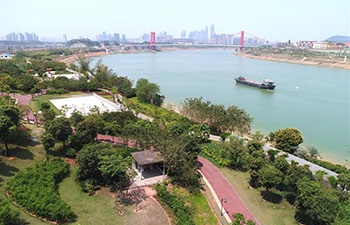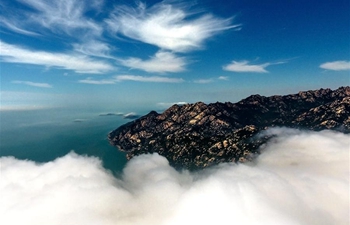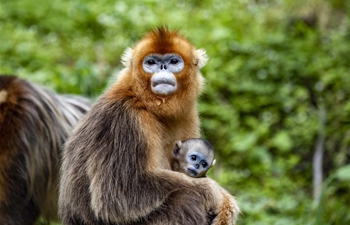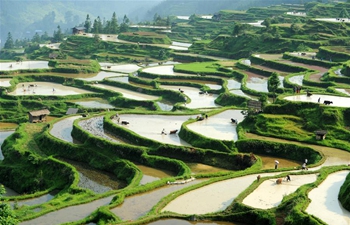UNITED NATIONS, May 21 (Xinhua) -- In 2017, opium poppy cultivation in Afghanistan increased sharply to an unprecedented record high of 328,000 hectares from an estimated 201,000 hectares in 2016, a UN report said Monday.
Between 2016 and 2017, the area under cultivation with opium poppy in the country increased by 127,000 hectares, the increase alone exceeded the levels of annual cultivation of 2009 and 2010, said "Afghanistan Opium Survey 2017: Challenges to Sustainable Development, Peace and Security," a survey project implemented annually by the Ministry of Counter Narcotics (MCN) of Afghanistan in collaboration with the United Nations Office on Drugs and Crime (UNODC).
Opium poppy cultivation increased strongly in almost all major poppy cultivating provinces. In Helmand Province alone, cultivation increased by 63,700 hectares, up 79 percent, which accounted for about half of the total national increase between 2016 and 2017.
Mainly caused by the increase in area under cultivation but as well due to good yields, potential opium production almost doubled from its 2016 level (4,800 tons) to 9,000 tons in 2017.
There is no single reason for the massive 2017 increase in opium poppy cultivation in Afghanistan, said the report.
"The multiple drivers are complex and geographically diverse, as many elements continue to influence farmers' decisions regarding opium poppy cultivation," said the report.
Rule of law-related challenges, such as "political instability, lack of government control and security" have been found to be main drivers of illicit cultivation, according to the report.
A combination of events may have exacerbated some of these elements and may have led to the large increase in 2017. The shift in strategy by the Afghan government, focusing its efforts against antigovernment elements (AGE) in densely populated areas, may have made the rural population more vulnerable to the influence of AGE.
Political instability and increased insecurity particularly affected the northern region, where opium poppy cultivation expanded drastically over the last couple of years, the report said.
Increased poverty and vulnerability towards external shocks, in combination with the economic down-turn after the withdrawal of the international troops, may have caused many farmers to resort to opium poppy cultivation to sustain their livelihoods.
Each year thousands of tons of opium are produced in Afghanistan and then converted into heroin to reach end-consumer markets around the globe. With the record high of production in 2017, a wave of high quality, low cost heroin is expected to reach consumer markets across the world.
For 2017, it can be estimated that 7,600-7,900 tons of opium were potentially available for heroin production and 1,100-1,400 tons were consumed in form of raw opium in the region.
From the 2017 opium harvest some 550-900 tons of heroin of export quality (purity between 50 and 70 percent) or 390-450 tons of pure heroin base can be produced, said the report.
The record high of opium production in Afghanistan led to a rapid expansion of the illegal opiate economy in 2017. Being worth 4.1-6.6 billion U.S. dollars in 2017, it was of considerable size when compared to Afghanistan's overall economy, namely between 20 and 32 percent of GDP.
The opiate economy had about the size of the entire agricultural sector of the country and exceeded by far the value of Afghanistan's licit exports of goods and services in 2016 (estimated at 7 percent of GDP).




